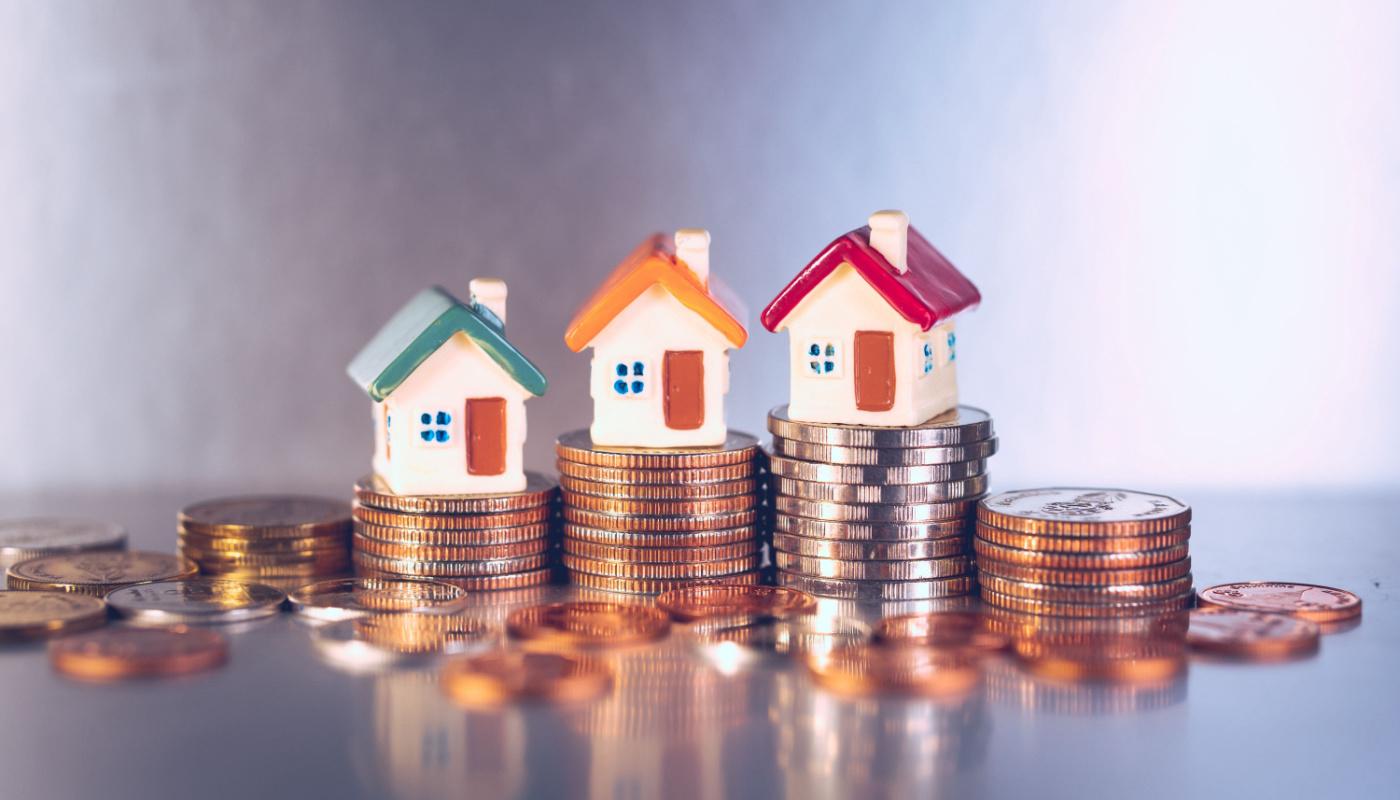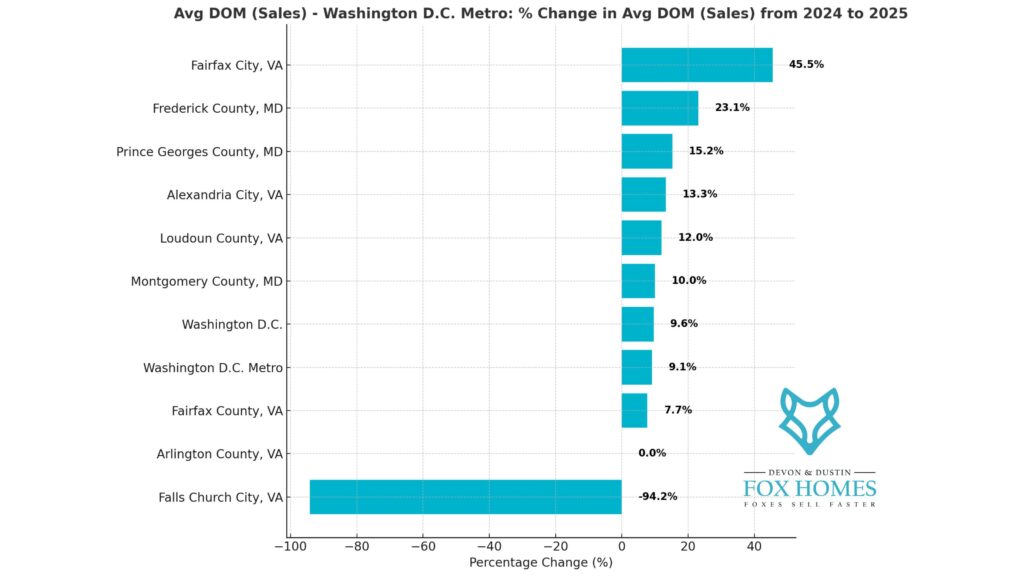Understanding the Rhythms of Real Estate Market Cycles
The real estate market is a dynamic tapestry woven from a multitude of economic, social, and environmental threads. Just as the seasons change, bringing with them varying landscapes and experiences, the real estate market ebbs and flows through distinct cycles, each with its own characteristics and implications for buyers, sellers, and investors alike. From the fervent highs of a booming market, where properties sell like hotcakes, to the sobering lows of a downturn, marked by uncertainty and hesitancy, understanding these cycles is essential for navigating the complex world of real estate. In this article, we will unravel the intricacies of real estate market cycles—exploring their causes, the signs to watch for, and strategies to thrive within each phase. Whether you are a seasoned investor or a first-time homebuyer, gaining insight into this rhythmic phenomenon will empower you to make informed decisions and seize opportunities as they arise.
Understanding the Phases of Real Estate Market Cycles
The real estate market operates on a cyclical basis, influenced by various economic factors that drive supply and demand. Understanding these cycles is essential for both investors and homeowners alike. The four primary phases include:
- Recovery: Following a downturn, this phase marks gradual improvement as demand begins to increase, leading to stabilization.
- Expansion: Characterized by rising property values, strong demand, and increased construction, this phase often brings optimism and profitability.
- Hyper Supply: During this stage, the market becomes oversaturated with new inventory, often resulting in increased vacancy rates and a decline in prices.
- Recession: The downturn phase occurs when demand decreases, leading to falling prices and a slowdown in sales, forcing sellers to make price adjustments.
Each phase has distinct characteristics that affect investment strategies and decision-making processes. Consider the following table, which outlines the key attributes of each phase:
| Phase | Characteristics | Investor Strategy |
|---|---|---|
| Recovery | Slow growth, decreased inventory | Invest selectively, monitor trends |
| Expansion | High demand, rising prices | Acquire aggressively, capitalize on opportunities |
| Hyper Supply | Overbuilding, price reductions | Be cautious, evaluate cash flow |
| Recession | Declining prices, high vacancies | Focus on stabilization, consider long-term holds |

Identifying Key Indicators for Market Shifts
- Interest Rates: Fluctuations in interest rates can significantly impact purchasing power and demand for homes.
- Employment Rates: Increased job availability generally drives population growth, leading to higher demand for housing.
- Supply vs. Demand: An imbalance, such as low inventory levels or oversupply, often signals potential market shifts.
- Population Growth: Areas experiencing vibrant population growth usually see a corresponding increase in housing needs.
- Consumer Confidence: Higher consumer confidence typically leads to more investment in real estate.
| Indicator | Implication |
|---|---|
| Interest Rates | Higher rates may cool demand. |
| Employment Rates | Rising jobs boost housing demand. |
| Supply vs. Demand | Low inventory = rising prices. |
| Population Growth | Increased need for housing. |
| Consumer Confidence | More buying activity. |
Moreover, observing changes in regional demographics, construction permits filed, and zoning laws can provide deeper insights into imminent shifts in the market. For instance, a surge in construction permits in an area often indicates an anticipated influx of residents, suggesting a potential upswing in housing demand. Other significant precursors to market changes include:
- Rental Prices: Rapidly increasing rents can signal a strong buyer’s market.
- Foreclosure Rates: A rise in foreclosures might indicate economic distress, affecting overall market stability.
- Local Economic Growth: Emerging businesses and infrastructure development drive real estate interest.
- Government Policies: New regulations can impact market accessibility and buyer sentiment.

Strategic Investing: Timing the Market for Maximum Returns
The real estate market operates in distinct cycles that can significantly influence investment strategies. Understanding these cycles—expansion, peak, contraction, and recovery—is crucial for any investor looking to maximize returns. During the expansion phase, property prices rise as demand outstrips supply. Investors should focus on acquiring properties that are likely to appreciate quickly. In contrast, the peak phase signifies a market overcrowded with investors, leading to inflated prices. This is the time to evaluate your portfolio and consider offloading assets that may not benefit from subsequent market corrections.
As the market enters contraction, it’s vital for investors to recognize the signs of downturns, such as rising vacancies and falling rents. Opportunity can still emerge during this phase, as distressed properties may become available at significantly reduced prices. Post-contraction brings about recovery, where the market begins to stabilize. It’s essential to leverage this phase effectively; employing strategies such as long-term rentals, or identifying properties in up-and-coming neighborhoods can enhance growth potential. Keeping a pulse on local market trends and adjusting your investment approach accordingly will ensure you remain competitive throughout the real estate cycle.

Navigating Risks: Safeguarding Your Investments During Market Fluctuations
When it comes to real estate investments, understanding market cycles is essential for mitigating risks and maximizing returns. Real estate markets are influenced by numerous factors, and their fluctuations can impact property values significantly. By identifying the phases of a market cycle—expansion, peak, contraction, and recovery—investors can better position themselves to safeguard their portfolios. Key strategies include:
- Thorough market research to identify trends and signs of upcoming shifts
- Diversifying property investments to reduce risk concentration
- Maintaining liquidity to capitalize on buying opportunities during downturns
- Employing professional property management to keep operational costs in check
Moreover, assessing how external economic indicators affect real estate can provide valuable insights for investment decisions. For instance, interest rate changes, employment rates, and consumer confidence can all play crucial roles in determining the health of the real estate market. A simplified overview of these indicators can be illustrated as follows:
| Indicator | Impact on Real Estate |
|---|---|
| Interest Rates | Higher rates can reduce affordability, slowing down demand |
| Employment Rate | Higher employment boosts buyer confidence and property demand |
| Consumer Confidence | Increased confidence often leads to higher spending in real estate |
Q&A
Q&A: Understanding Real Estate Market Cycles
Q1: What are real estate market cycles?
A1: Real estate market cycles refer to the predictable patterns that the property market experiences over time. These cycles typically consist of four phases: recovery, expansion, contraction, and recession. Each phase has distinct market behaviors influenced by factors like economic conditions, interest rates, supply and demand, and consumer sentiment.
Q2: How long do these cycles typically last?
A2: While the duration of real estate market cycles can vary, they often last between five to ten years. However, external factors such as governmental policies, economic shifts, and global events can significantly impact the length and intensity of each cycle. It’s important to remember that history does not always repeat itself, and cycles can overlap or merge in unexpected ways.
Q3: What signs indicate that we are in a recovery phase?
A3: Signs of a recovery phase include rising home sales, increasing property prices, and a decrease in inventory levels. Developers may begin to break ground on new constructions as confidence returns to the market. Additionally, improved job rates and consumer spending often serve as indicators that the economy is on the mend.
Q4: How can one identify an expansion phase in real estate?
A4: The expansion phase is characterized by sustained price increases, strong demand, and an influx of buyers entering the market. Additionally, spending on new construction rises, and mortgage rates tend to remain relatively low. During this phase, properties sell quickly, and bidding wars may emerge, pushing prices even higher.
Q5: What are the warning signs that an expansion phase is nearing its end?
A5: As the expansion phase matures into a contraction phase, one may notice a slowdown in the rate of price increases or a rise in inventory levels as sellers become more willing to list their properties. Additionally, increased interest rates or economic uncertainties can lead to decreased buyer confidence, signaling that the market is potentially shifting.
Q6: What are the characteristics of a contraction phase?
A6: During the contraction phase, property prices may stagnate or decline, and sales activity often slows down significantly. Buyers may become cautious, leading to prolonged listing times and increased inventory. The market may experience heightened foreclosures and rental vacancies, as financial pressures mount on both homeowners and investors.
Q7: How does the recession phase differ from the contraction phase?
A7: While both phases exhibit declining prices and decreased activity, the recession phase is typically marked by a deeper economic downturn. Unemployment rates may rise sharply, lending becomes tighter, and consumer confidence significantly plummets. In this phase, desperation might drive prices even lower, leading to bargain opportunities—albeit fraught with risk—for savvy investors.
Q8: Can investors profit from understanding these cycles?
A8: Absolutely! Savvy investors can leverage their knowledge of real estate cycles to make informed decisions about when to buy, sell, or hold properties. Recognizing which phase the market is in allows for strategic investments and can help maximize returns. However, due diligence and thorough market analysis are essential, as timing and local market dynamics play critical roles.
Q9: What resources are available to help track market cycles?
A9: Numerous resources can aid in tracking real estate market cycles, including local real estate associations, national organizations like the National Association of Realtors (NAR), and economic research reports. Real estate analytics firms also provide market data and insights that can highlight trends and cycle patterns. Additionally, keeping abreast of national economic indicators—like employment rates and GDP growth—can provide context for real estate movements.
Q10: Is there any way to predict the next cycle?
A10: While predicting the exact timing and arrival of a new cycle can be challenging, analysts frequently use historical data, current economic conditions, and leading indicators to forecast potential shifts. Observing consumer behavior, mortgage rates, and changes in local markets can offer clues. In essence, while we may not see the future clearly, understanding past cycles can illuminate possible paths ahead.
By grasping the nuances of real estate market cycles, investors, homeowners, and industry professionals can navigate this complex landscape with greater confidence and insight.
The Way Forward
As we conclude our exploration of real estate market cycles, it becomes evident that understanding these rhythms is vital for anyone involved in property investment and development. These cycles, with their ebbs and flows, shape not only the landscape of our cities but also the financial futures of countless individuals and families. By recognizing the signs of growth, peak, decline, and recovery, investors can navigate the market with a more informed perspective, turning challenges into opportunities.
In this ever-evolving arena, knowledge is power, and preparation is paramount. Whether you are a seasoned investor or a newcomer to the realm of real estate, embracing the cycle’s nature allows you to make strategic decisions that can withstand the test of time. The real estate market may be unpredictable, but with careful observation and critical analysis, you can position yourself to ride the waves rather than be swept away by them.
As you venture forth, keep in mind that every cycle offers its own lessons and insights. Stay curious, stay informed, and remember that in the world of real estate, the only constant is change.


